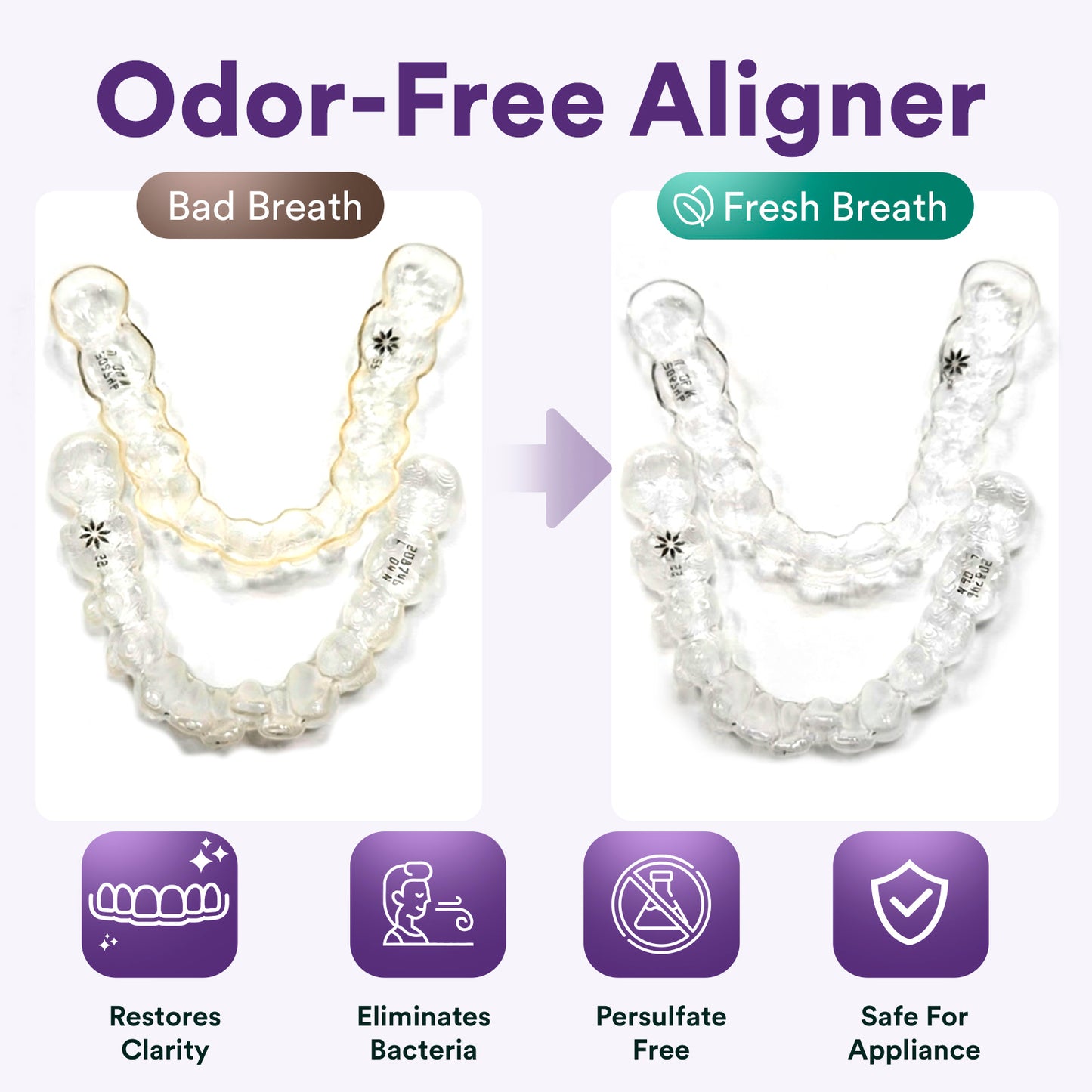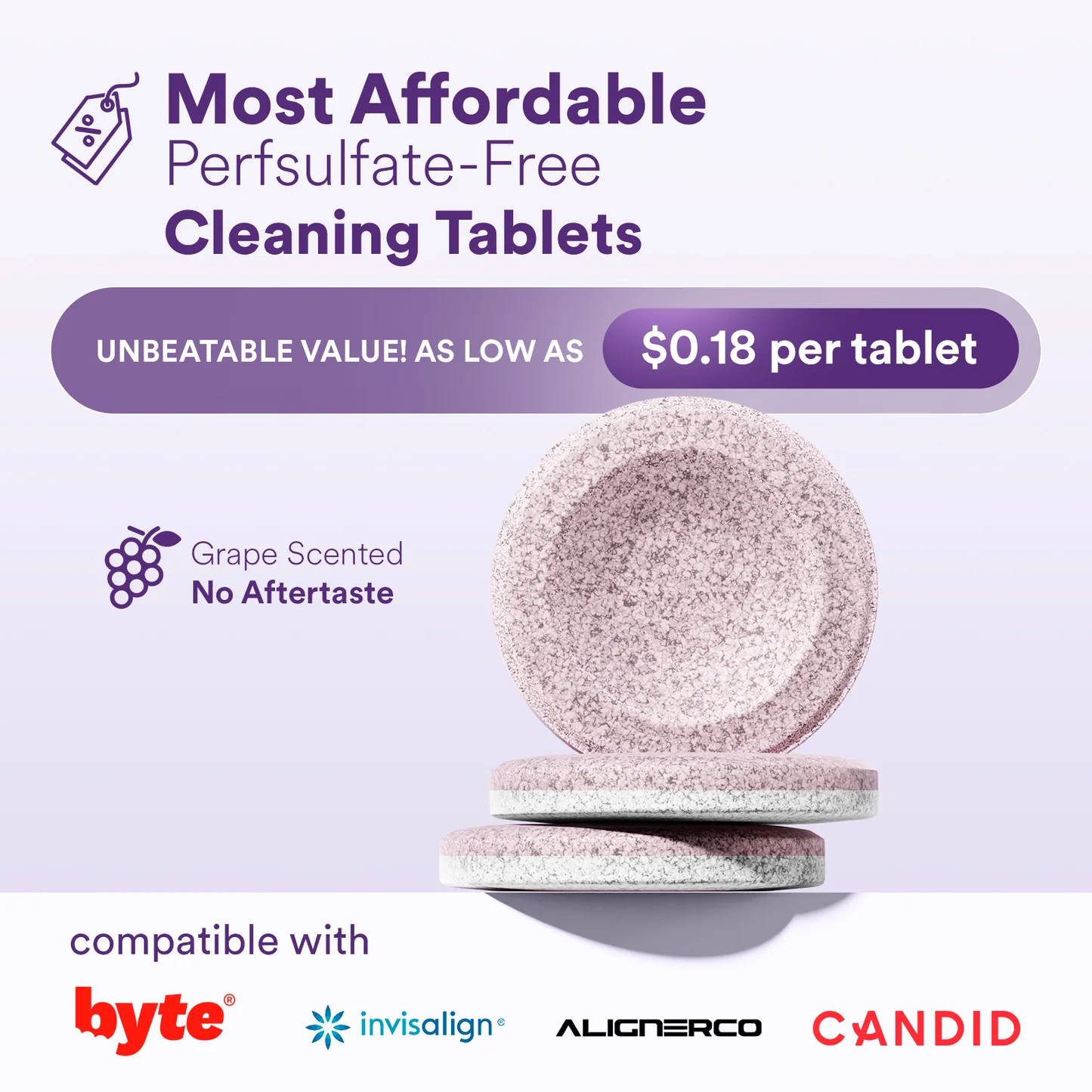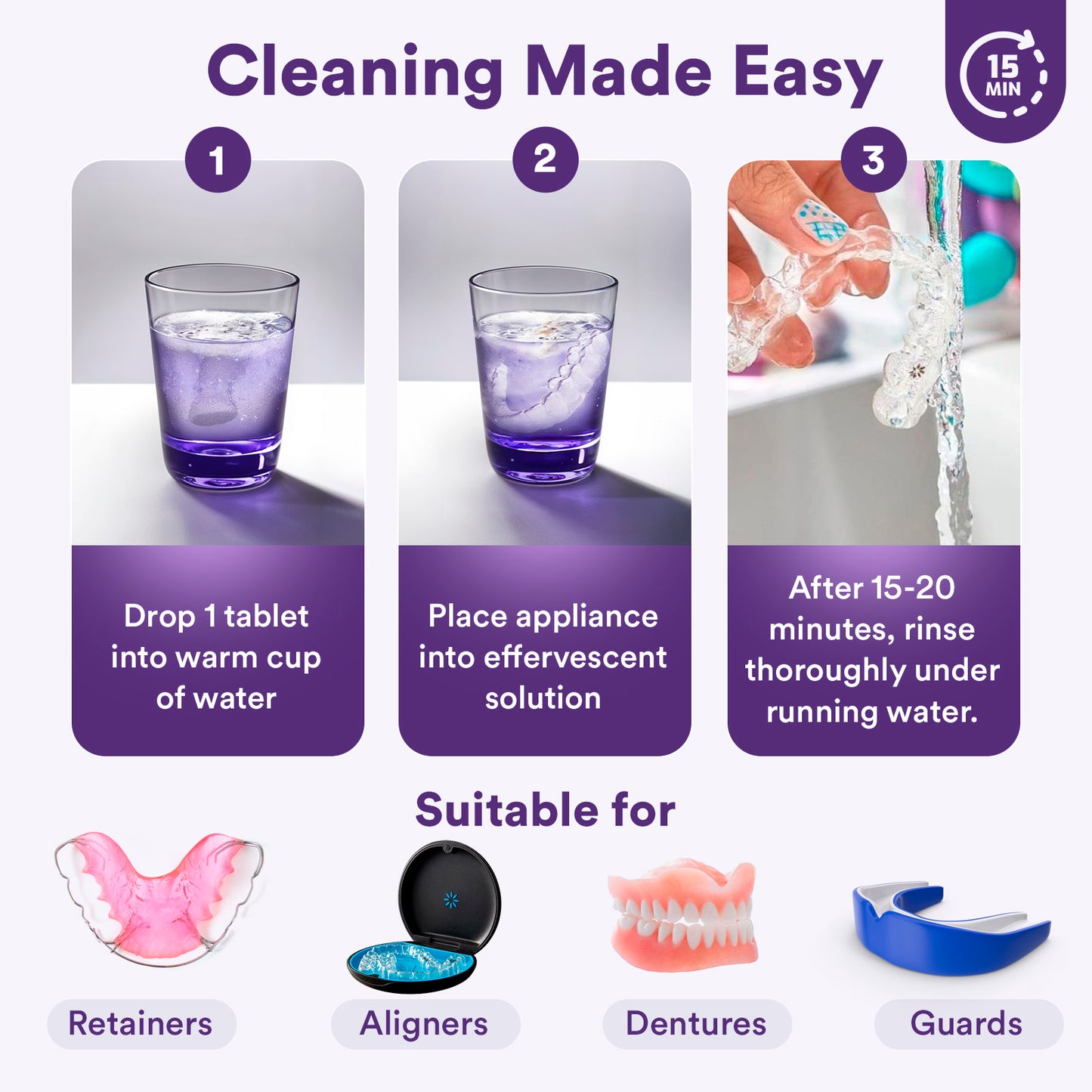Getting your braces removed is a milestone worth celebrating, but it doesn’t mean the orthodontic process is over. Many people experience their teeth shifting after braces, which can be frustrating. Understanding why this happens and how to prevent it is crucial for maintaining your straight smile. In this article, we’ll explain the reasons behind teeth shifting and offer solutions to keep your smile in place.
Why Teeth Shift After Braces
After braces are removed, your teeth can shift for several reasons. The ligaments and bones that held your teeth in their old positions need time to adjust to their new alignment.
Natural Aging Process
As you age, your teeth can naturally move, even without having had braces. Your lower teeth, in particular, are prone to crowding over time due to changes in your jaw’s shape. This natural movement is why orthodontists often recommend lifelong retainer use.
Incomplete Stabilization
Once your braces come off, your teeth and the surrounding bone need time to stabilize. If this process isn’t given enough time, your teeth may move back toward their original positions. This is known as relapse, and it’s why retainers are essential after orthodontic treatment.
External Factors
Teeth can shift due to external pressures, such as:
- Grinding your teeth (bruxism): This can cause your teeth to shift out of place.
- Tongue thrusting: Pushing your tongue against your teeth can create outward pressure, leading to shifting.
- Wisdom teeth: As wisdom teeth erupt, they can crowd your other teeth and force them to move.
How to Prevent Teeth from Shifting
There are steps you can take to minimize the risk of teeth shifting after braces:
Consistent Retainer Wear
Wearing your retainer as prescribed by your orthodontist is the most important thing you can do to keep your teeth in place. Whether you have a removable or permanent retainer, consistency is key to maintaining your new smile.
Addressing External Habits
If you grind your teeth or push your tongue against them, addressing these habits can prevent future shifting. Consider using a night guard for grinding or practicing tongue positioning exercises to avoid unintentional pressure on your teeth.
The Role of Retainers in Preventing Shifting
Retainers help keep your teeth in their new positions by providing stability as your mouth adjusts. There are two main types of retainers: removable and permanent.
Removable Retainers
These are custom-made, clear plastic or wire retainers that you wear according to your orthodontist’s instructions. You’ll likely start with wearing them full-time and then transition to nighttime wear.
- Disadvantage: Removable retainers require regular cleaning and maintenance. If you don’t clean them properly, they can accumulate plaque and bacteria, leading to bad odors or discoloration.
Permanent Retainers
A permanent retainer consists of a thin wire bonded to the back of your teeth, ensuring that they stay in place indefinitely.
- Disadvantage: While you don’t need to worry about taking them out and cleaning them separately, permanent retainers make it harder to floss and clean between your teeth. Extra care is needed for proper oral hygiene.
Shocking Risks of a Dirty Retainers: Could Your Neglect Lead to Serious Health Issues?
Skipping regular retainer cleaning can turn it into a breeding ground for harmful bacteria, leading to infections, Bad breath, and even damage to your teeth and gums. This isn’t just about hygiene—it’s about protecting your health. Don’t wait until it’s too late.

Retainer Cleaning Methods
Taking good care of your retainer is essential for keeping it functioning and looking fresh. Let’s review a few common cleaning methods and their drawbacks.
Brushing with a Soft Toothbrush
Brushing your retainer with a soft-bristle toothbrush is an easy way to remove debris and prevent bacteria buildup.
- Disadvantage: If you use toothpaste, especially one with abrasive particles, it can scratch clear retainers, leading to a dull or cloudy appearance.
Soaking in a Water and Vinegar Solution
Soaking your retainer in a mixture of water and vinegar helps remove plaque buildup without harsh chemicals.
- Disadvantage: The downside to this method is the lingering vinegar smell, which may be off-putting when wearing the retainer afterward.
Using Cleaning Tablets
Retainer cleaning tablets are one of the most convenient options. Simply drop a tablet into water and let your retainer soak for a few minutes.
- Advantages: Cleaning tablets effectively remove odors and restore your retainer’s clear appearance. They provide a hassle-free way to keep your retainer fresh and free of bacteria without any scrubbing. By using them regularly, your clear retainer will stay looking new and odor-free.
What Happens If Teeth Shift After Braces?
Even if you follow all the steps to prevent shifting, minor movement can still occur. Here’s what to do if you notice your teeth starting to shift:
Contact Your Orthodontist
If your teeth have started to shift, reach out to your orthodontist immediately. They may recommend adjustments to your retainer or, in some cases, additional orthodontic treatment to correct the movement.
Early Intervention Is Key
The sooner you address any shifting, the better the outcome. Minor movements can often be corrected with increased retainer wear or a short-term use of braces or aligners.
Long-Term Consequences of Not Wearing a Retainer
If you neglect to wear your retainer and your teeth shift significantly, you could be looking at extensive orthodontic treatment down the road. The longer you wait, the more challenging it becomes to correct the movement.
Conclusion: Consistency Is the Key to Long-Term Success
Teeth shifting after braces is a common issue, but it’s preventable with the right approach. Wearing your retainer consistently, practicing good oral habits, and addressing shifting early can help you maintain your straight smile for years to come. Make sure you care for your retainer properly, and don’t hesitate to contact your orthodontist if you notice any changes in your alignment.
Disclaimer:
The content in this article is for informational purposes only and is not a substitute for professional medical advice. Always consult with a healthcare provider before making any changes to your health regimen. The author and publisher do not take responsibility for any consequences resulting from the information provided in this article.












